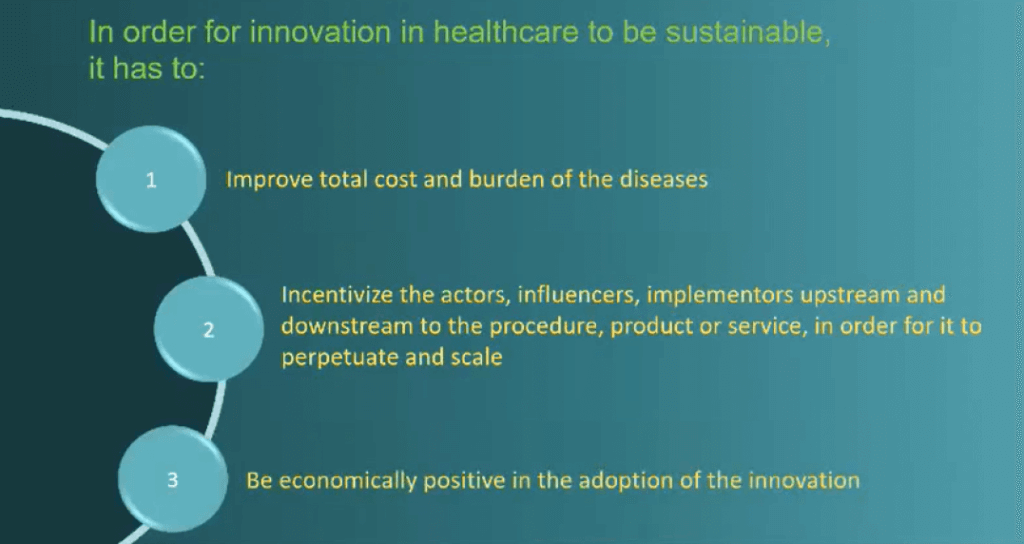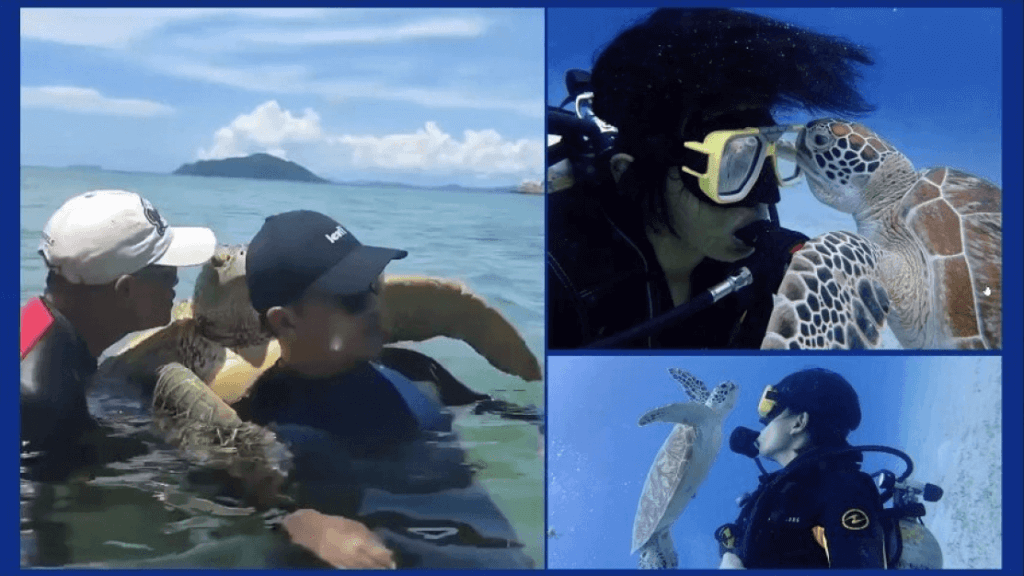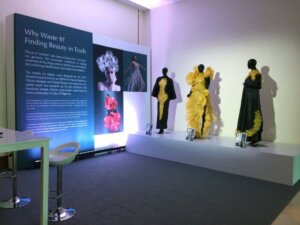From its cozy conference room that could comfortably seat a few dozen employees, John Clements hosted the 8th Youth for Leadership Summit, which had over a thousand future professional superstars in virtual attendance.
With an already skilled and knowledgeable audience, the event chose to focus on having them entertain a more environmentally progressive mindset as they advanced their careers. To this end, the various speakers invited to the leadership summit showed examples of sustainability plans and projects. As they did so, they highlighted how taking the health of our planet’s air, water, and land into consideration could be harmlessly integrated into the aims and passions of the attendees.
The first major section of the leadership summit involved information regarding sustainable environmental projects. Jonas Marie A. Dumdum of Nomura Research Institute Singapore was the first to speak about how the youth could take the lead in dealing with climate change and plastic pollution. This served as a primer concerning one of the biggest challenges to sustainability, providing definitions on the global malady and charting climate change’s history from as early as the mid-1700s.
The well-espoused consequences of climate change, including the paradoxical disasters of more violent storms and harsher droughts, were brought up but so were sustainability plan examples. Jonas dedicated a section to both the 2030 Agenda for Sustainability Development as well as the Philippines’ 2020-2030 Nationally Determined Contributions to the Paris Climate Agreement of 2015. For his viewers, he displayed a simple yet robust five-tier pyramid as to how they could gradually and realistically imbue sustainability project principles at home and beyond.

Cristan Yang Zhigang of Terumo Philippines brought up the concept of sustainability projects in the health sector. While essential to human wellness, medical practices can rack up enormous monetary and resource costs; the premature death and disability brought upon by cancer alone caused an eight-hundred ninety-five-billion-dollar economic impact in 2008. He asked his audience to remember how innovations in the medical field can likewise recklessly expend money, time, materials, energy, and effort. Even in a post-pandemic world, caution and care are at a premium. A person’s health might be housed beneath their skin, but Cristan stresses that it is greatly affected by the wellness of the world around them.

Raytheon Intelligence & Space’s Dr. Theo Sison closed out this portion with a simple yet lush sustainability project slogan. LIVE WELL—by supporting health and wellness at home, at your local hospitals, and supporting charities. LIVE WISE—by supporting the education of others and facilitating careers in Science, Technology, Engineering, and Math. LIVE GREEN—by aiding green initiatives, buying from sustainable farming sources, clearing liter, and donating food through trusted relief efforts.
The second panel dealt with firm facts about how we sometimes casually harm the environment and how we can actively protect it. Mariglo Laririt, Head of Sustainability at El Nido Resorts, revealed that not even the pristine shores of El Nido were safe from thoughtless imperilment. Even if a tourist or local doesn’t so much as toss a plastic bag in the water, they can still hurt the corals and its denizens with sediments from their snorkeling fins or runoff chemicals from cosmetic products that aren’t reef-safe. The desire for social media clout has also encouraged irresponsible interactions with local plant and wildlife as seen with this infamous “turtle backpack” picture.

Mariglo’s proposed remedy is for the audience to promote Citizen Science, “the practice of public participation and collaboration in scientific research to increase scientific knowledge.” In addition, viewers can publicly lionize a “Tao Sa Tao” philosophy that community-related programs should be at the very core of tourism-reliant regions. This would empower their citizens to have more lifestyle options and to make better choices.
Sculptor and Data Scientist Francis Sollano spoke next about his sustainability art projects. Born in Cebu, he was both dazzled by the natural beauty of the island and horrified by its areas where pollution ran rampant. These twin emotions eventually inspired him to undertake his dual vocation so he could move people intellectually and emotionally.

His sustainability plan examples include his “Trashion” line of display clothing which combines fanciful garments made from recyclable materials and expertly collected sustainability facts that are placed alongside them. Sollano’s “Youth for a Livable Cebu” community platform is another such sustainability project meant to emphasize that a city’s inhabitants are part of the city and should take care of it. From there, they should be able to infer that a city is part of a greater ecosystem, so it should benefit from that being improved, and so on.
Dr. Corazon PB. Claudio of the Climate Action and Sustainability Alliance (CASA) concluded this panel of the leadership summit with informed reminders that we must acknowledge that the Philippines is a maritime archipelagic nation that is particularly vulnerable to climate change. She posits that the first step to address this perilous position is through adaptation and mitigation. The audience must reconcile the competencies and assets of their nation and themselves with their joint shortcomings.
With a firm grasp of who they are and what they have to work with, they can go about building lines of communication and efficient methods of study. These assessment and management techniques are rather modular, allowing them to be adapted to businesses that don’t have sustainability projects as their main focus. As the information is compiled and refined, it can eventually facilitate a “Blue Economy” that still facilitates private gain alongside the public good. Ignorance would no longer be an excuse against or an obstacle to sustainability-inclined initiatives. Governance, she reminded the viewers, starts with themselves.
The leadership summit finished with its hosts showcasing more sustainability projects for the hundreds of viewers to be inspired by and perhaps even join. Young scientists pulling up the economy of their small, struggling villages by discovering their abundant local pest plants could be used as biofuel. A short musical film illustrated the wastefulness of plastic cups in a sobering yet whimsical dance of milk tea consumption excess.
Sustainability, as the audience learned, is not about grinding the industry to a halt. There was not a single sustainability plan example trying to push stagnation as the norm. Rather, sustainability projects have always been concerned with moving meaningfully and carefully forward no matter the business these future leaders pursue. As Sollano so aptly put it, “Love what you do, but love nature, too. Have them complement each other.”
To learn more about our leadership programs and services, come visit the JC Leadership Institute!





